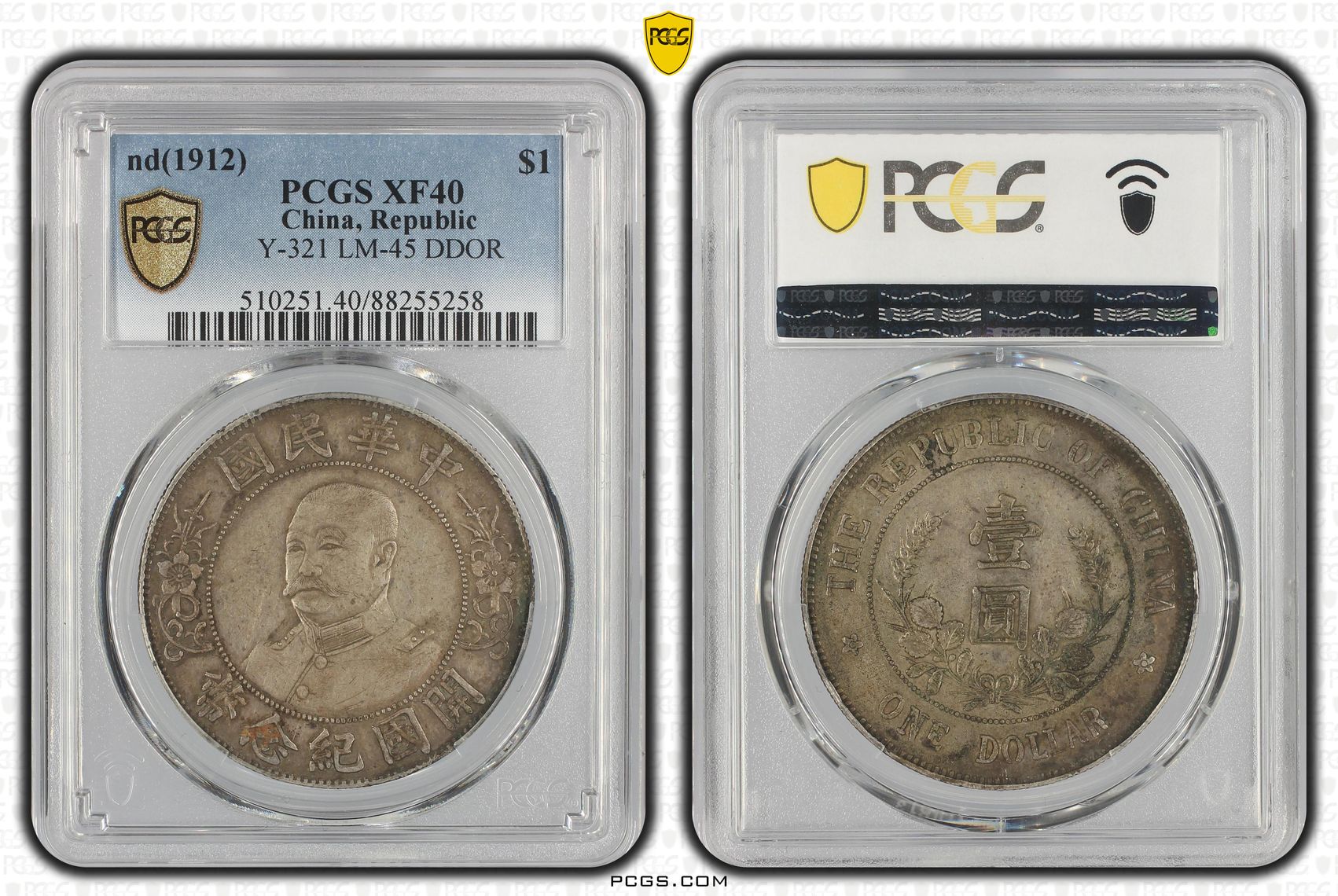Mint State: How one can Tell apart Rare US Coins compared to Standard Pieces

In the world of numismatics, the thrill of discovering a rare U.S. coin can be an exhilarating experience. Collectors frequently fantasize about coming across hidden treasures, but separating these coveted pieces from their more ordinary equivalents demands a sharp eye and knowledge of several key factors. Whether you are an experienced collector or a newcomer, being able to identify rare U.S. coins is crucial for creating a valuable collection.
The rarity of a coin can arise from different aspects, like the coin's mintage, state of preservation, and historical relevance. By concentrating on these factors, you can improve your chances of discovering coins that are not only aesthetically pleasing but also carry substantial monetary worth. In the following article, we will explore the fundamental characteristics that set rare U.S. coins apart from the rest, providing you with the insights required to make wise decisions in your collecting activities.
Recognizing Uncommon Currency
To determine scarce U.S. currency, you must initially understand what makes a coin rare. Scarcity often arises from multiple elements, including low mintage, historical relevance, and special features. Currency that were minted in limited quantities or those that had a limited production run are usually more worth more. Familiarizing yourself with the background of numerous currency can offer understanding into their scarcity.
Subsequently, examine the physical features of the currency, such as its condition, mint mark, and particular design elements. A coin in excellent condition can be significantly more valuable than one that shows significant wear. Additionally, mint marks can impact a currency's value, as certain mint locations made fewer currency. buy cac certified rare coins on the lookout for traces of rarity like rare variations or flaws in striking, which can make a currency highly coveted by coin enthusiasts.
Finally, refer to resources such as price guides, collectors’ associations, and seasoned numismatists. These tools can assist you ascertain the worth of a coin and its level of scarcity. Join coin shows and auctions to develop experience and view scarce currency in person. Networking with the numismatic community can improve your expertise and enable you create informed decisions when identifying uncommon U.S. coins.
Elements That Affect Rarity
The rarity of U.S. coins is determined by several important factors, most notably their production numbers. Coins that were produced in restricted quantities are typically more sought after by collectors. For instance, items with low mintage figures often fetch higher prices because less are available on the market. Understanding the original minting intentions and the total production year can provide insight into how rare a specific coin could be.
Another significant factor is the state of the coin. Coins that have been well preserved and show minimal wear are placed into more advanced categories of rarity. Grading systems, such as the Sheldon Scale, help determine a coin's condition, which can dramatically affect its value. A coin graded at a higher level, with fewer imperfections, is usually scarcer and more valuable than a heavily circulated one.
Historical relevance also plays a crucial role in determining rarity. Coins linked to specific events, notable figures, or special designs can enhance their collectible value. For example, coins that were part of a distinctive release or those that mark significant moments in U.S. history tend to be scarcer. Rarity becomes a combination of how many were made, their condition, and the story behind them.

Preservation and Value
When it comes to collectible U.S. coins, preservation is key to maintaining their worth. Effective storage techniques should be adopted to avoid damage from environmental factors like light, moisture, and varying temperatures. Employing coin holders, albums, or sealed containers assists in protecting coins from deterioration and tarnish. Always handle coins by the edges to avoid fingerprints and oils from your skin from damaging their surface.
The worth of rare U.S. coins relies heavily on their condition and rarity. Grading systems, such as the Sheldon Scale, evaluate coins on a scale from one to seventy, with elevated scores indicating better condition. Coins that are carefully maintained not only draw higher prices but also attract collectors and investors. As a result, understanding the grading process and preserving coins in mint condition is crucial for maximizing their value over time.
Moreover, market trends play a significant role in determining the value of rare U.S. coins. It is important for collectors to keep abreast of auction results, dealer sales, and overall market demand. Specific coins might fluctuate in value based on collector interest, historical significance, or even changes in economic conditions. By remaining informed on these factors, collectors are better equipped to decide on buying, selling, or holding their collectible coin investments.
